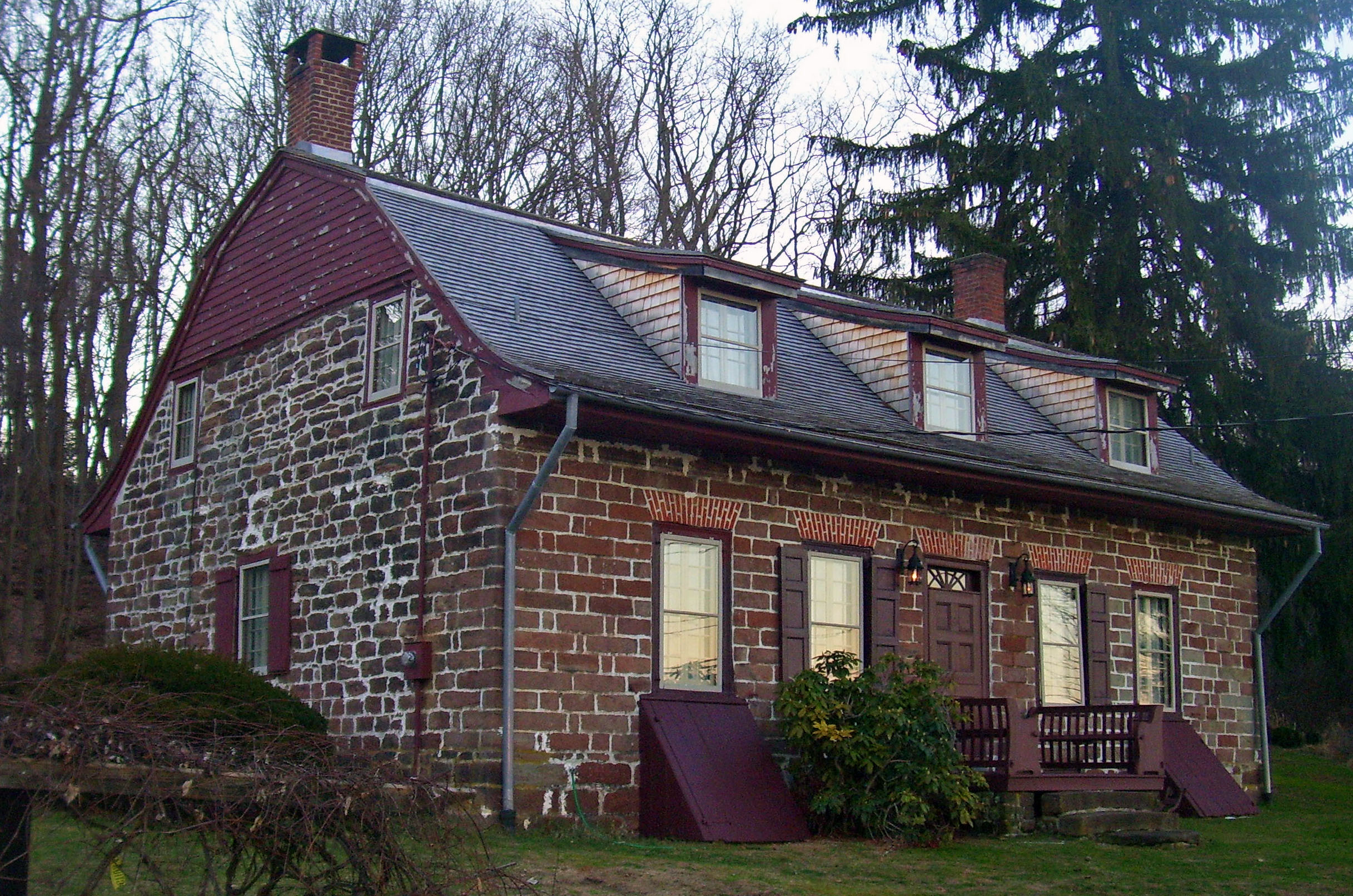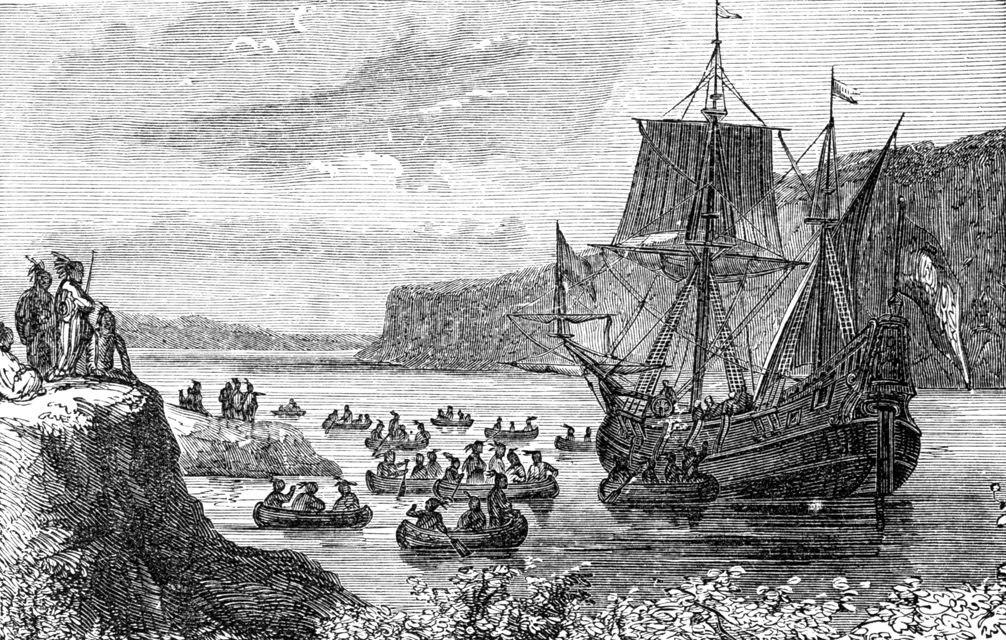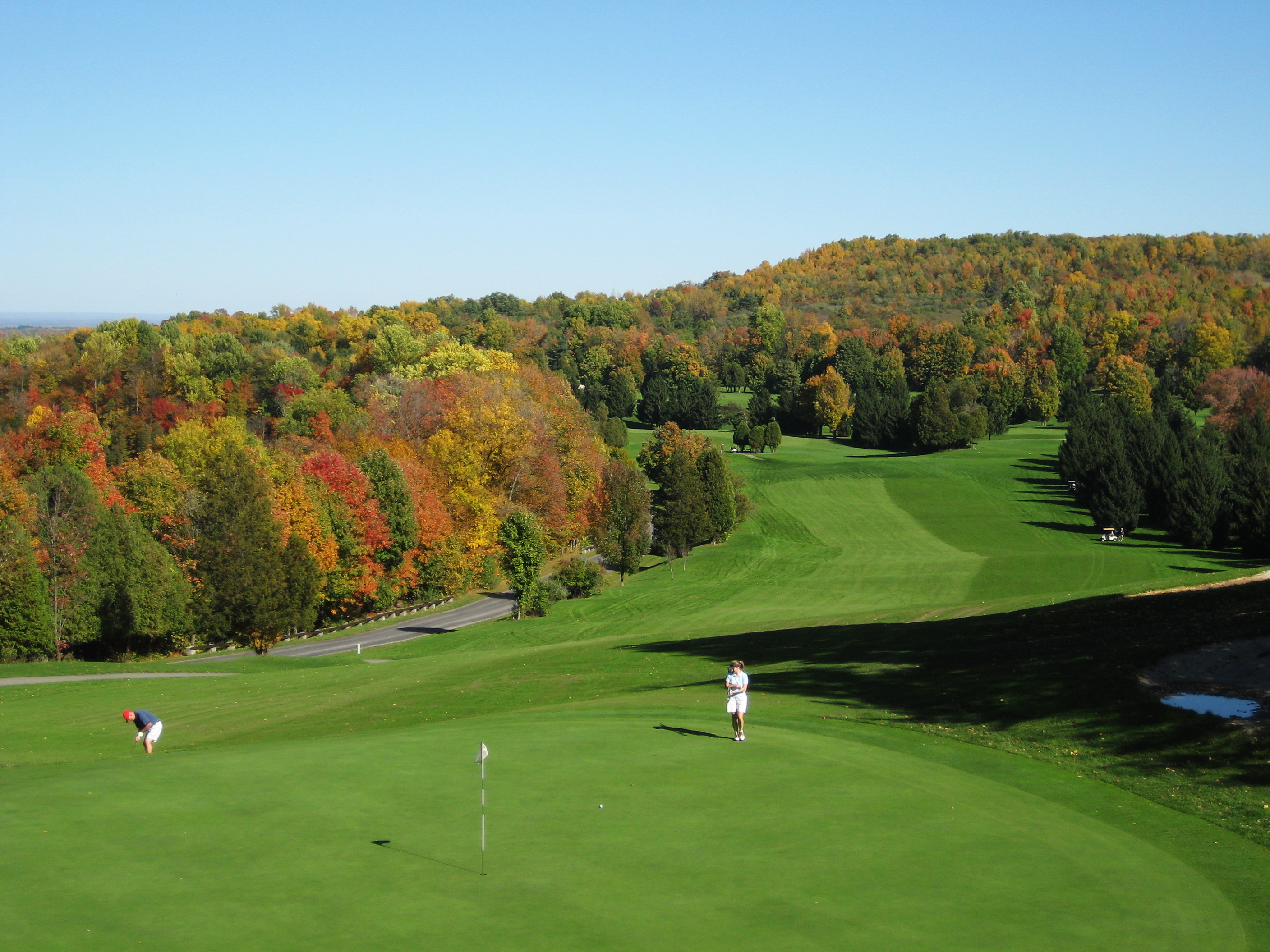|
Rockland Country Club
Rockland Country Club is located in Sparkill, New York, and features an 18-hole golf course. History The club was incorporated in 1906 and commissioned Henry Stark to design a 9-hole course that was ready the following year. Robert White laid out an entirely new golf course that opened in 1930, expanding the layout to 18 holes. Alfred Tull designed the present 12th and 13th holes in 1963, after the club decided to abandon the former 8th and 9th holes on the east side of Route 9W, which ran down to the Hudson River The Hudson River is a river that flows from north to south primarily through eastern New York. It originates in the Adirondack Mountains of Upstate New York and flows southward through the Hudson Valley to the New York Harbor between N ... but required crossing a busy highway. Robert Trent Jones redesigned the course in 1965. John Harvey was later brought in during the late 1990s to update the traditional layout. The course was remodeled featuring all ... [...More Info...] [...Related Items...] OR: [Wikipedia] [Google] [Baidu] |
Sparkill, New York
Sparkill, formerly known as Tappan Sloat, is a suburban hamlet and census-designated place in the Town of Orangetown, Rockland County, New York, United States located north of Palisades; east of Tappan; south of Piermont and west of the Hudson River. As of the 2010 census, the CDP had a population of 1,565. The hamlet is home to St. Thomas Aquinas College and the Dominican Sisters of Sparkill. Geography Sparkill is located a41°3′52″N 73°57′25″W According to the United States Census Bureau, the CDP has a total area of 0.529 square mile, all land. Demographics As of the 2010 census, there were 1,565 people, 503 homes, and 415 families in Sparkill. The population density was 2,958 persons per square mile. The racial makeup of the CDP was 83.2% White, 2.0% African American, 0.1% Native American, 9.8% Asian, 2.5% from other races, and 2.4% from two or more races. Hispanic or Latino of any race were 12.2% of the population. There were 504 households, out of which 46.4 ... [...More Info...] [...Related Items...] OR: [Wikipedia] [Google] [Baidu] |
Orangetown, New York
Orangetown is a town in Rockland County, New York, United States, located in the southeastern part of the county. It is northwest of New York City, north of New Jersey, east of the town of Ramapo, south of the town of Clarkstown, and west of the Hudson River. The population was 49,212 at the 2010 census. History Orangetown was first settled around 1680. The first settlers were Dutch men who purchased a tract of land from the Tappan Indians in 1686; their patent of the same year called the place Orange, but it was also known as Orangetown and Tappan (after the first village). When the state's first twelve counties were established in 1683, the territory that would become Orangetown lay within Orange County. It became part of Rockland County when that county was created in 1798. ''Historical material'' from the Gazetteer of New York, 1860 & 1861: ORANGETOWN—was formed March 7, 1788, and was named from Orange co., of which it then formed a part. It lies upon the Hudson, in ... [...More Info...] [...Related Items...] OR: [Wikipedia] [Google] [Baidu] |
Rockland County, New York
Rockland County is the southernmost county on the west side of the Hudson River in the U.S. state of New York. It is part of the New York metropolitan area. It is about from the Bronx at their closest points. The county's population, as of the 2020 United States Census, is 338,329, making it the state's third-most densely populated county outside New York City (after Nassau and neighboring Westchester Counties, respectively). The county seat is New City. Rockland County is accessible via the New York State Thruway, which crosses the Hudson to Westchester at the Tappan Zee Bridge ten exits up from the NYC border, as well as the Palisades Parkway five exits up from the George Washington Bridge. The county's name derives from "rocky land", as the area has been aptly described, largely due to the Hudson River Palisades. This county is home to one of the most prominent towns in American history. Congers, NY is home to the stepping grounds of Commander-In-Chief George Washing ... [...More Info...] [...Related Items...] OR: [Wikipedia] [Google] [Baidu] |
New York (state)
New York, officially the State of New York, is a state in the Northeastern United States. It is often called New York State to distinguish it from its largest city, New York City. With a total area of , New York is the 27th-largest U.S. state by area. With 20.2 million people, it is the fourth-most-populous state in the United States as of 2021, with approximately 44% living in New York City, including 25% of the state's population within Brooklyn and Queens, and another 15% on the remainder of Long Island, the most populous island in the United States. The state is bordered by New Jersey and Pennsylvania to the south, and Connecticut, Massachusetts, and Vermont to the east; it has a maritime border with Rhode Island, east of Long Island, as well as an international border with the Canadian provinces of Quebec to the north and Ontario to the northwest. New York City (NYC) is the most populous city in the United States, and around two-thirds of the state's popul ... [...More Info...] [...Related Items...] OR: [Wikipedia] [Google] [Baidu] |
Golf Course
A golf course is the grounds on which the sport of golf is played. It consists of a series of holes, each consisting of a tee box, a fairway, the rough and other hazards, and a green with a cylindrical hole in the ground, known as a "cup". The cup holds a flagstick, known as a "pin". A standard round of golf consists of 18 holes, and as such most courses contain 18 distinct holes; however, there are many 9-hole courses and some that have holes with shared fairways or greens. There are also courses with a non-standard number of holes, such as 12 or 14. The vast majority of golf courses have holes of varying length and difficulties that are assigned a standard score, known as par, that a proficient player should be able to achieve; this is usually three, four or five strokes. Par-3 courses consist of holes all of which have a par of three. Short courses have gained in popularity; these consist of mostly par 3 holes, but often have some short par 4 holes. Many older courses ar ... [...More Info...] [...Related Items...] OR: [Wikipedia] [Google] [Baidu] |
Hudson River
The Hudson River is a river that flows from north to south primarily through eastern New York. It originates in the Adirondack Mountains of Upstate New York and flows southward through the Hudson Valley to the New York Harbor between New York City and Jersey City, eventually draining into the Atlantic Ocean at Lower New York Bay. The river serves as a political boundary between the states of New Jersey and New York at its southern end. Farther north, it marks local boundaries between several New York counties. The lower half of the river is a tidal estuary, deeper than the body of water into which it flows, occupying the Hudson Fjord, an inlet which formed during the most recent period of North American glaciation, estimated at 26,000 to 13,300 years ago. Even as far north as the city of Troy, the flow of the river changes direction with the tides. The Hudson River runs through the Munsee, Lenape, Mohican, Mohawk, and Haudenosaunee homelands. Prior to European ... [...More Info...] [...Related Items...] OR: [Wikipedia] [Google] [Baidu] |
Robert Trent Jones
Robert Trent Jones Sr. (June 20, 1906 – June 14, 2000) was a British–American golf course architect who designed or re-designed more than 500 golf courses in 45 U.S. states and 35 countries. In reference to this, Jones took pride in saying, "The sun never sets on a Robert Trent Jones golf course." He is often confused with the famous amateur golfer Bobby Jones with whom he worked from time to time. Jones received the 1987 Old Tom Morris Award from the Golf Course Superintendents Association of America, GCSAA's highest honor. Also in 1987, he was inducted into the World Golf Hall of Fame. Early life and education Robert Trent Jones was born on June 20, 1906, in Ince-in-Makerfield, England, to Welsh parents. At age five or six, Jones emigrated with his parents to the United States, where they arrived in East Rochester, New York. Jones worked as a caddie at The Country Club of Rochester and accepted a job as golf professional at Sodus Bay Heights Golf Club in nearby Sodus ... [...More Info...] [...Related Items...] OR: [Wikipedia] [Google] [Baidu] |
Golf Clubs And Courses In New York (state)
Golf is a club-and-ball sport in which players use various clubs to hit balls into a series of holes on a course in as few strokes as possible. Golf, unlike most ball games, cannot and does not use a standardized playing area, and coping with the varied terrains encountered on different courses is a key part of the game. Courses typically have either 18 or 9 ''holes'', regions of terrain that each contain a ''cup'', the hole that receives the ball. Each hole on a course contains a teeing ground to start from, and a putting green containing the cup. There are several standard forms of terrain between the tee and the green, such as the fairway, rough (tall grass), and various ''hazards'' such as water, rocks, or sand-filled ''bunkers''. Each hole on a course is unique in its specific layout. Golf is played for the lowest number of strokes by an individual, known as stroke play, or the lowest score on the most individual holes in a complete round by an individual or team, kn ... [...More Info...] [...Related Items...] OR: [Wikipedia] [Google] [Baidu] |
Buildings And Structures In Rockland County, New York
A building, or edifice, is an enclosed structure with a roof and walls standing more or less permanently in one place, such as a house or factory (although there's also portable buildings). Buildings come in a variety of sizes, shapes, and functions, and have been adapted throughout history for a wide number of factors, from building materials available, to weather conditions, land prices, ground conditions, specific uses, prestige, and aesthetic reasons. To better understand the term ''building'' compare the list of nonbuilding structures. Buildings serve several societal needs – primarily as shelter from weather, security, living space, privacy, to store belongings, and to comfortably live and work. A building as a shelter represents a physical division of the human habitat (a place of comfort and safety) and the ''outside'' (a place that at times may be harsh and harmful). Ever since the first cave paintings, buildings have also become objects or canvasses of much artis ... [...More Info...] [...Related Items...] OR: [Wikipedia] [Google] [Baidu] |







